Most people mistake the first video game console as the Atari 2600. Well, I can tell you that there was a console that came before that called the Magnavox Odyssey. I'll be going through the background on the events that lead to the making of this historic console and the impact it had afterward and how the console met its demise. This will be the first in series as a look back on all the major video game consoles ever made. I will be releasing these at least once a week and I hope you enjoy this look back on video game history as much as I enjoyed researching it.
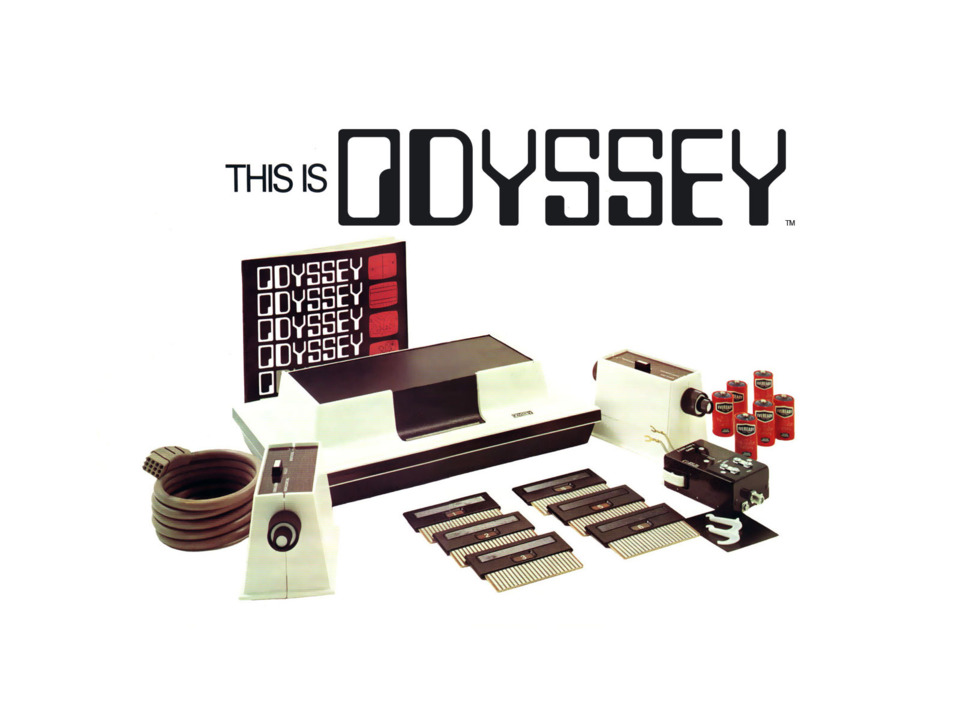
It all started with the with a man named Ralph Baer working at Sanders Associates along with Bill Harrison and Bill Rush. After two years of working ended with the prototype unit, they named the Brown Box. You may think that name is weird and if a console with a name like this came out today you bet it would be the joke of the gaming world, but it was called this because of its simulated woodgrain self-adhesive covering. The Brown Box was able to play twelve games with the use of mylar overlays you would place on your TVs. Along with the overlays, some games would be played with the very first light gun in gaming and a dynamic ball action chassis for more advanced features.
Once they got the Brown Box finished they started contacting cable TV systems operators and TV manufactures to find their first license for their new prototype. A worker from Sanders Associates RCA team named Bill Enders left and ended up going to Magnavox in their New York sales offices. Being interested in what he saw in from the Brown Box before he left Sanders. Enders went back to the offices to get another demonstration, in July 1968, and was all the more impressed with the Brown Box. He went back to the Magnavox management located, in Fort Wayne, Indiana, to take a look at the potential of the Brown Box. Later that month Ralph Baer and Lou Etlinger, a Sanders Associates' Corporate Director of Patients, got an official invitation to demonstrate the game console in Fort Wayne.
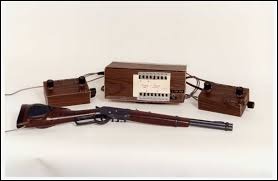
Magnavox allowed them use of a boardroom and 19-inch TV sets and an audience started to form. The demonstration didn't start until Gerry Martin, the VP of marketing for the television set division of Magnavox entered the room. At first, nobody in the room showed any enthusiasm for the Brown Box except for one man, Gerry Martin. He saw promise in the Brown Box and one sentence he uttered changed everything for Ralph and the Brown Box. "We're going with this"
While they had Gerry's backing their was still the issue of convincing the Magnavox corporate management to support his decision to go with building games in their TV manufacturing plant. The process took nine months to convince them, but the Brown Box finally got the green light to become a fully fledged console. They signed a preliminary agreement between Sanders Associates and Magnavox which allowed them to turn over the Brown Box and all data involved to the engineers of Magnavox in Fort Wayne. They started working on the prototype for what was to become the first Magnavox Odyssey.
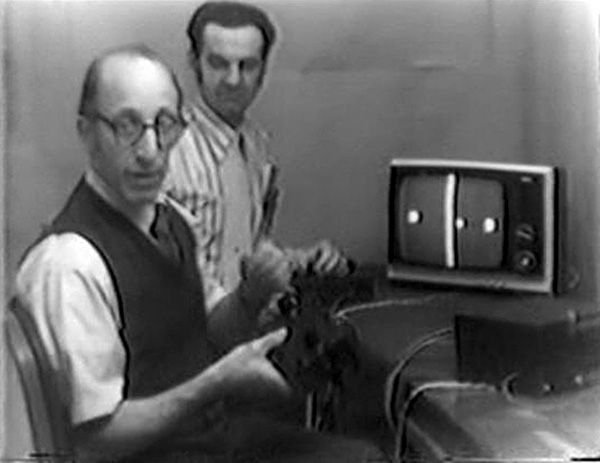
Bill Harrison and Ralph Baer made trips to Fort Wayne over the development of the Odyssey to help with the technical and marketing decisions. Bill Harrison worked closely with George Kent and a team of engineers, while Ralph Baer worked with Bob Fritsche a program operator for the Magnavox Odyssey. Magnavox corporate decided to make a couple of adjustments while making the console for the sake of saving money. They were to get rid of the color circuity and make a large printed circuit board, known as a motherboard, into which several baby boards were plugged into. These small modular boards contained sub-circuits, such as the ball spot and player spot generators like the H&V sync signal generators, and so forth.
The first prototype of the Magnavox Odyssey was finished by the summer of 1971 by George Kent's group. They held two market surveys in July and October of the same year and while most of the reception was positive most people disliked the idea of cartridges believing that kids would end of breaking and losing them. Magnavox decided to ignore them and kept the cartridges anyway. George Kent took the final design of the game unit and antenna switch-box to the FCC labs in Washington passing the test, millions of units would eventually be subjected to the same test in the coming years.
A number of hand-assembled units were sent to Magnavox captive dealers before the Odyssey went into production at their Tennessee plant in, August of 1972. They responded was exceptional and said that the Magnavox was "the best thing to come down the pike in years"! The consumer-electronics press carried articles along with speculation from the trade press on what the upcoming mystery product from Magnavox.
Back in April, Magnavox put on shows for dealers and the press all around New York city showing off their product line and invited Ralph Baer to come see one of the shows. April 22nd, in the Bowling Greene, restaurant in New York's Central Park while sitting among the crowd of dealers and reporters, watched and waited for the crowd's reactions. To his enjoyment, the Odyssey was a hit to everyone in the crowd so much so that Ralph could barely keep shut. To quote Ralph Baer himself "I got pretty excited and was hard pressed to keep my mouth shut and restrain myself from jumping up on stage and yelling that's my baby". Over the next couple of months, Magnavox started shipping dealers with production units. They shipped with pump plastic rifles and also provided separate, large, in-store easel displays. Magnavox also shipped their dealers ten additional games available separately. Fliers were handed out showing what the basic and optimal games along with the shooting gallery games that was playable on the Odyssey. Home TV gaming had finally become a thing with its release.
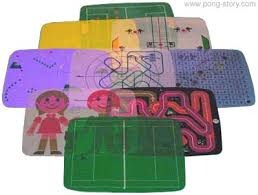
With the release of the Odyssey, problems began to hurt the sales due to the marketing team advertising in a way that confused possible buyers. Due to being associated with the Magnavox TV ad fliers people thought that the only TV sets that would work with the console are Magnavox TV sets. A steep price point of $100 for the console with six program cards including twelve games and a $25 price point for the light gun attachment made the Odyssey a hard sell to most consumers. Sales were also restricted to Magnavox dealer stores and in the 1960s and 1970s, they didn't sell to independent stores or mass merchandisers like Sears narrowing the sales base.
In spite of the sales and marketing problems, there was still some successful ads for the Magnavox Odyssey that helped jolt sales in the fall. One of these included old blue eyes himself, Frank Sinatra. Over 130,000 units of the Odyssey were sold along with 20,000 shooting gallery rifle packs were manufactured by Christmas 1972, but who can fathom how much more they could have sold if they didn't make the marketing mistake of restricting sales only authorized Magnavox dealerships. Magnavox ended being sued by the government for restricted trade due to that same policy they had and ended up getting rid of the marketing and sales ploy. By early 1973 Magnavox games were already being discounted and the mismanagement of sales of additional plug-in games caused them to lose some money, but foreign sales ended up covering for some of the losses.
Back in 1972 during one of the Odyssey demonstrations in Burlingame, California one man named Nolan Bushnell, later to become the president of Atari, signed the guest book and played the Odyssey unit hands on, including, of course, it's ping-pong game. Shortly after that Nolan hired a young engineer Alan Ampex. He put Alan in charge of a coin-operated arcade ping-pong game we today know as PONG. Alan did a great job of improving the basic ping-pong features of the Odyssey. This included providing a segmented vertical ball in place of the English control of the Odyssey by adding wall bouncing and a scoring system. Along with adding the now iconic PONG sound, giving the game character. Once PONG was finished the game it was put on a test run in a local bar in Sunnyvale and quickly became a hit afterward leading to the start of the coin based arcade gaming industry. The release of PONG helped sales of the Magnavox Odyssey in late 1972, due to not having any way to play pong at home.
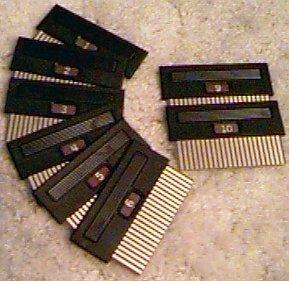
Later in 1974, the arcade video game business had boomed, Magnavox filed a lawsuit for patent infringement against Seeburg, Bally-Midway, and Atari. Nolan decided to opt out of the lawsuit and became the first sub-licensee. They ended up paying royalties to Magnavox in order to legally manufacture and sell the PONG systems. The suit still ended up going through and became the first lawsuit in video game history. The Sanders/Magnavox team won the lawsuit as well as later lawsuits in the court of appeals. Magnavox sent additional patent infringement lawsuit against vs Mattel, Activision, Nintendo and several other arcade manufacturing companies. They ended up winning all the lawsuits and along with the patent licenses, brought in a total of close to a hundred million dollars over that period of time. Sadly the lawyers did everything they can to avoid telling Ralph Baer the true amounts they made. It wasn't until 2002 with David Winter while visiting the former lawyer company in charge of the multiple litigations. He took this information in stride saying "I had a great run and invented many other things" and didn't really care.
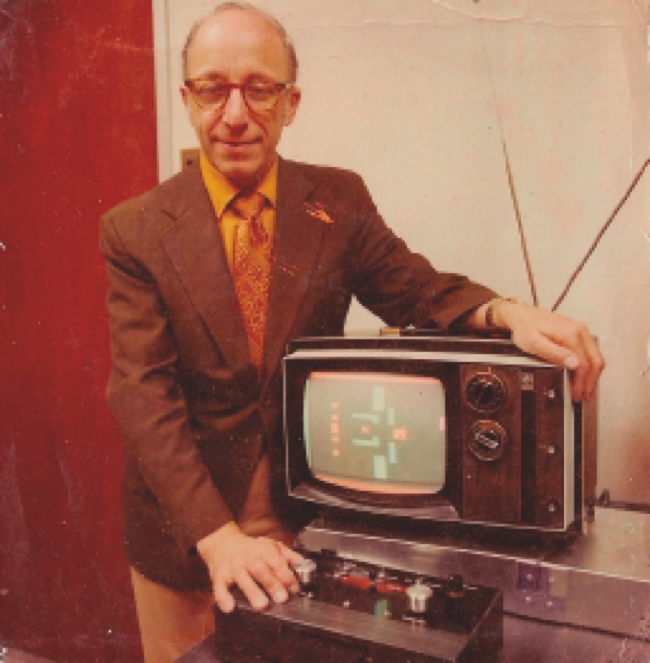
The Magnavox Odyssey was the start of the home console and home gaming and Ralph Baer and his team should be credited for the hobby that I and many gamers love today. He started an industry and was the reason why the Atari was created and the reason why PONG was a huge hit in the first place. This man should be looked at as the forefather of gaming as we know it today and will always be in the books of gaming history. Thank you for your time and for letting share some history with you. Next, we will be looking at the Atari 2600 a byproduct of the Odyssey and continued the rise of home gaming as we know it. See you till then and have a nice day.

For more information from Ralph Baer himself he wrote a book on the Odyssey
https://www.amazon.com/Videogames-Beginning-Ralph-H-Baer/dp/0964384817
Here is where I got my information from
http://www.pong-story.com/odyssey.htm
http://americanhistory.si.edu/collections/search/object/nmah_1302004
Alos check out my twitter for gaming information, trailers and such.
https://twitter.com/Domwill123
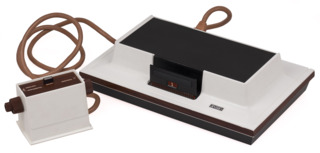
Log in to comment